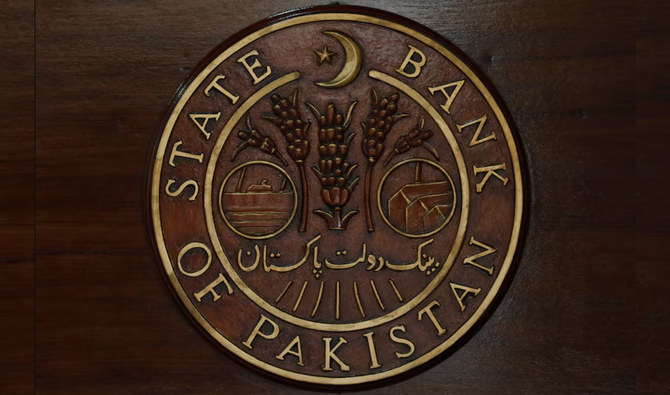By Staff Reporter
KARACHI: The central bank cut its benchmark interest rate by 100 basis points to 19.5 percent on Monday, the second consecutive reduction, as slowing inflation gave policymakers room to support the fragile economic growth.
The move was widely predicted by investors and analysts. The State Bank of Pakistan governor Jameel Ahmad announced the rate cut at a news conference.
“… the Committee viewed that there was room to further reduce the policy rate in a calibrated manner to support economic activity, while keeping inflationary pressures in check,” the State Bank of Pakistan (SBP) said in its Monetary Policy statement.
The rate cut comes after June’s inflation rate was slightly better than anticipated, and the inflationary impact of the FY25 budgetary measures was broadly in line with earlier expectations. The external account has also continued to improve, with the SBP’s foreign exchange reserves increasing to above $9 billion.
The SBP noted that the current account deficit narrowed sharply in FY24, and the country reached a staff-level agreement with the IMF for a 37-month Extended Fund Facility program of about $7 billion.
The central bank said sentiment surveys conducted in July showed a worsening in inflation expectations and confidence of both consumers and businesses, while international oil prices have remained volatile in recent weeks, whereas prices of metals and food items have eased.
“… the Committee assessed that, despite today’s decision, the monetary policy stance remains adequately tight to guide inflation towards the medium-term target of 5 – 7 percent,” the statement said. “This assessment is also contingent on achieving the targeted fiscal consolidation, timely realization of planned external inflows and addressing underlying weaknesses in the economy through structural reforms.”
The SBP noted that real GDP growth is expected to be in the range of 2.5 to 3.5 percent in FY25, driven by moderate economic activity, improved agriculture sector performance, and higher budgeted development spending.
In the external sector, the SBP expects a modest increase in imports, contained by robust growth in workers’ remittances and exports, keeping the current account deficit in the range of 0 – 1.0 percent of GDP in FY25.
“The committee emphasized the importance of achieving the envisaged fiscal consolidation and timely realization of planned external inflows to support overall macroeconomic stability and build fiscal and external buffers.”
The statement said headline inflation rose to 12.6 percent y/y in June 2024 from 11.8 percent in May due to electricity tariffs and Eid-related increase in prices, which were partly offset by the downward adjustments in domestic fuel prices. Core inflation, meanwhile, has steadied around 14 percent over the past two months.
The MPC assessed that while the inflationary impact of the FY25 budget is largely in line with expectations, the available information indicates that the full impact of these measures may now take some time to fully reflect in domestic prices,” the statement said. “At the same time, the committee noted risks to the inflation outlook from fiscal slippages and ad-hoc decisions related to energy price adjustments.”
“On balance, after considering these trends – and accounting for the sufficiently tight monetary policy stance and ongoing fiscal consolidation – average inflation is expected to remain in the range of 11.5 – 13.5 percent in FY25, down significantly from 23.4 percent in FY24.”
Copyright © 2021 Independent Pakistan | All rights reserved




